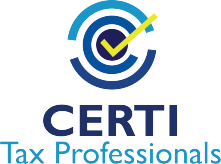How to set up My Business Account
How to set up My Business Account with CRA, this is the first thing you want to do once you have incorporated, and secured a business number. Setting up My Business Account with CRA is a relatively simple process. First of all, you will need to have already registered for a MyBA account. Find out how to register for MyBA. If you already have a MyBA account, simply go to CRA login services, select “My Business Account” and use your CRA user ID and password to login. Once logged into MyBA , select “Manage business number(s) in your profile”, and then select “Add a business” to add your organization's Business number. Authorizing a Representative Once your "My Business Account" is linked to your "My Account", you can appoint a representative…
